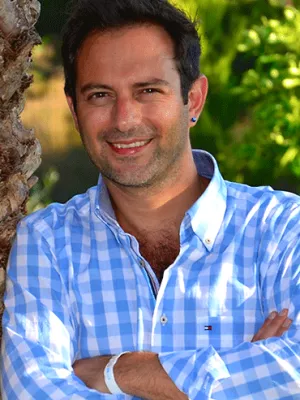
Deniz Koca
Forskare

Time of scarcity horizons for technology metals, precious metals, base metals, superalloy metals, battery technology metals and infrastructure materials.
Författare
Summary, in English
We have built a system dynamics model, WORLD6, that takes into account population, energy extraction, production and need, aspects social behaviour, material and metals recycling and important links to the economy. The model is ground-truthed by comparing with actual supply per person from 1900 till 2015 and run until 2400. Primary scarcity metrics are supply per person and year and stock-in-use per person. Results show that technology metals (antimony, bismuth, selenium, indium, gallium and germanium) will all peak in production before 2100. Precious metals will peak in production earlier, or before 2050. The base metals (copper, zinc) will have a roughly stable supply from 2050 till 2300, whereas the production of lead will be approximately the same from 1960 till 2400 and that of nickel will peak before 2050. The superalloy metals (molybdenum, niobium) will have a stable supply from around 2050 till 2400, but cobalt will be stable from 2100 till 2300 and then decline. The battery metal lithium will peak in production 2010, cobalt will be stable (as stated above) and rare earth´s will rise in use, particularly after 2100. When considering service capital per person (concrete, iron, aluminium, copper) the model predicts steady rise throughout the 21st century, with stabilization in the 22nd century. Our dynamic WORLD6 modelling results give clear indications that for the most important metals that are used in modern technology and in societal infrastructure there are limits and therefore careful circular economy programmes are necessary at the level of every nation so that metals do not become the centre of future conflicts.
Avdelning/ar
- Centrum för miljö- och klimatvetenskap (CEC)
- BECC: Biodiversity and Ecosystem services in a Changing Climate
Publiceringsår
2017-10-24
Språk
Engelska
Publikation/Tidskrift/Serie
Accelerating the Resource Revolution - WRF 2017 Meeting Report : Geneva, October 24 – 25, 2017
Länkar
Dokumenttyp
Konferensbidrag
Förlag
World Resources Forum
Status
Published
ISBN/ISSN/Övrigt
- ISBN: 978-3-906177-18-2